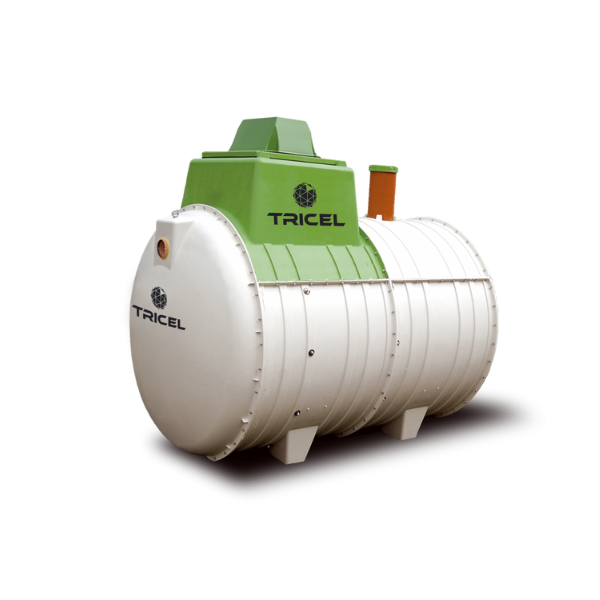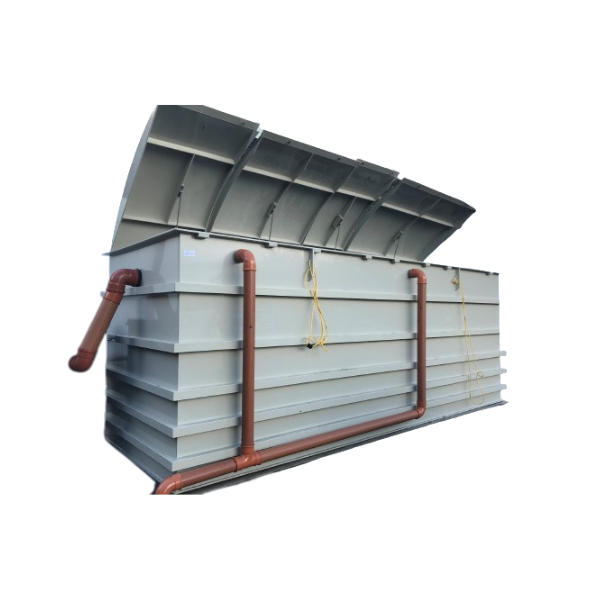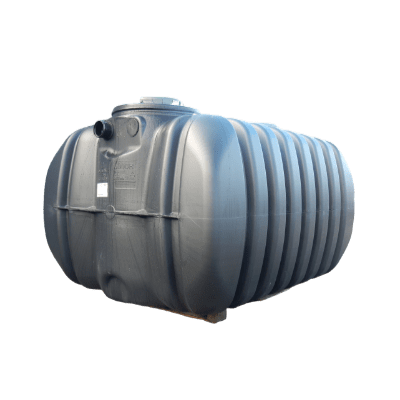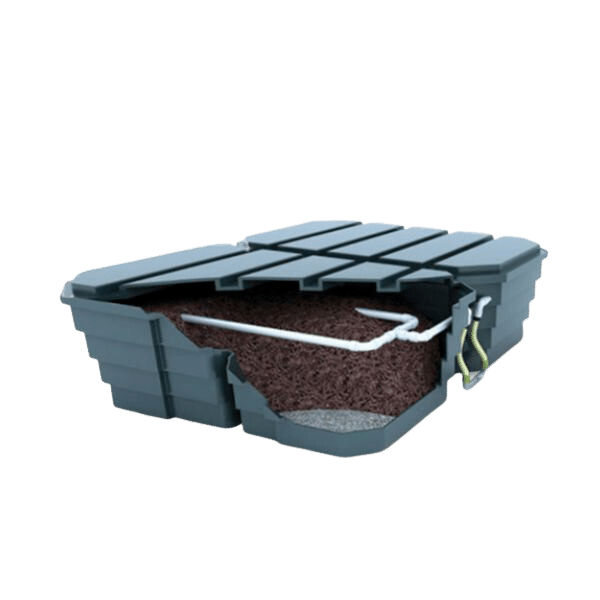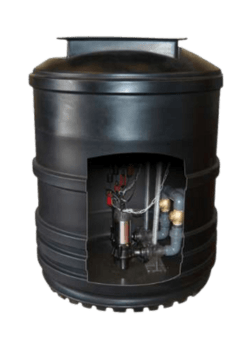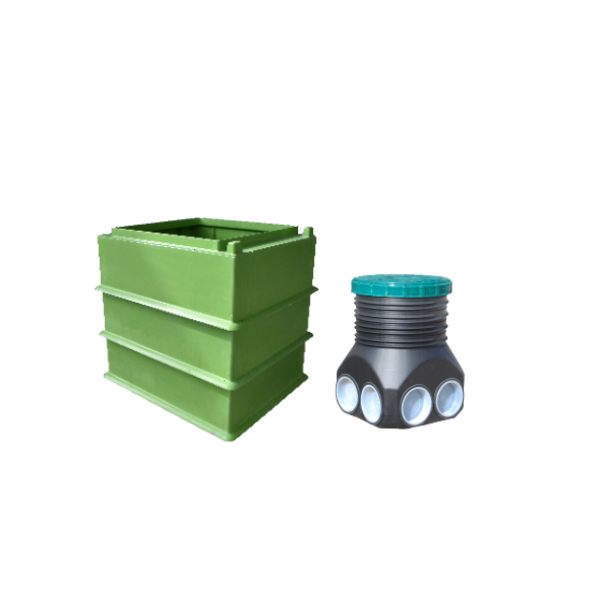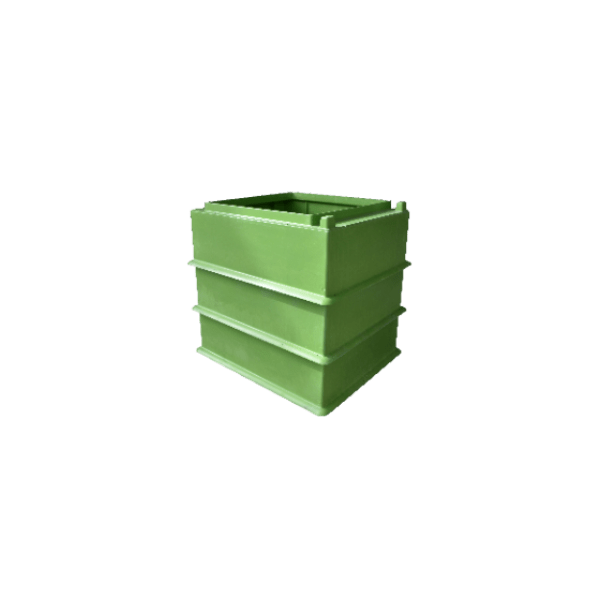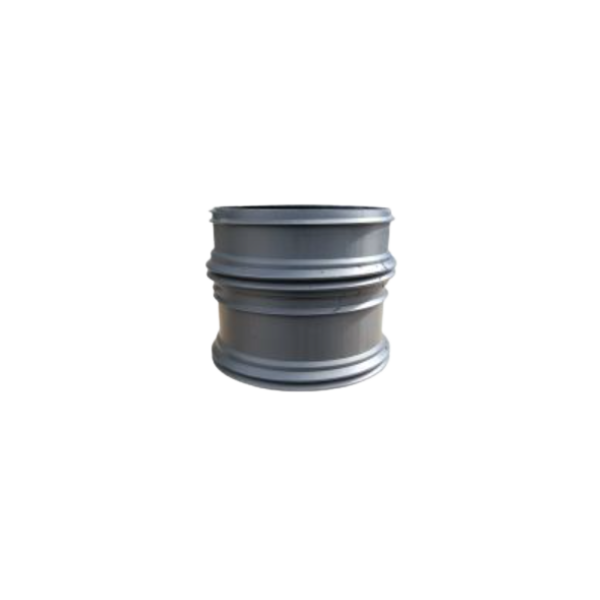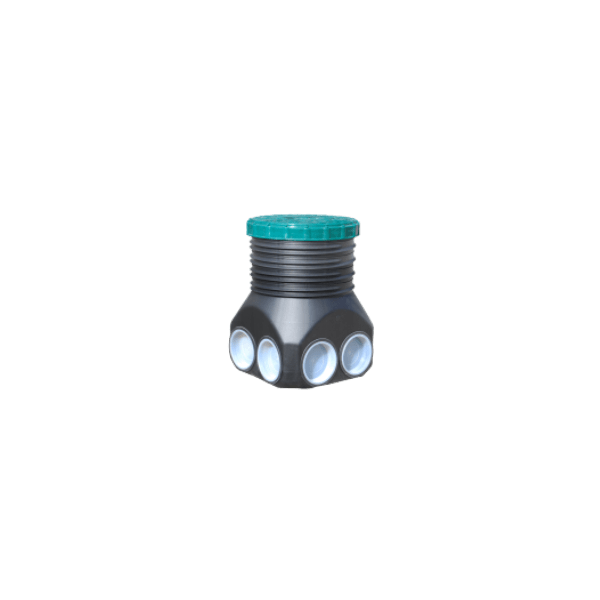SEWAGE TREATMENT
domestic sewage treatment plant problems
OVERVIEW
When investing in a wastewater treatment system, you want to make the most out of your money. You should be aware of domestic sewage treatment plant problems.
It is pretty obvious that it should be a long-lasting and robust solution, that won’t require lots of servicing and time from your side.
If we are ensuring the quality of our products, you, as a Tricel Novo owner, need to do your part while respecting a list of Do and Don’t for wastewater treatment plants.
To help you in this process, Tricel created a Do and Don’t for wastewater treatment plants list. It includes a rainwater session and some recommendations on disinfectants.
To discover what to put in your septic tank and more importantly what NOT to put in your septic tank, scroll down!
If you have any questions, feel free to call us
How does a wastewater treatment plant work?
Before talking about the how and the why you should be cautious with your wastewater treatment plant, let’s go back to fundamentals.
With our Tricel Novo, we compile two treatment systems in one. It has three different chambers and three different stages, all essential for the water purification.
Stage 1: the primary settlement chamber
Anaerobic breakdown takes place in the primary settlement chamber. It will separate the liquid from the solids and allow them to drop to the bottom.
Stage 2: the aeration chamber
In this next stage of the wastewater treatment, we involve an aerobic breakdown once again. Masses of naturally occurring bacteria inhabit in a specially designed filter media. They will help to purify the sewage. We sustain them with air, continuously supplied by a pump in the unit’s top section. Whenever the liquid goes into the filter media, the bacteria feed on the sewage and eliminate it from the soon-to-be treated water.
Stage 3: final settlement chamber
If some remaining sludge was carried into the final settlement chamber, it will settle to the bottom of it while the liquid is getting ready to pass out of the Tricel system. From there, a continuous sludge return system pumps the solids back to the primary settlement chamber.
Waste Water Treatment Dos and Don't
Here, there are a few things you need to keep in mind.
Your Tricel Novo is composed of microorganisms who need air (electricity as supplied by an air blower) and food to grow and breed. They are ensuring the high-quality of your effluents, so it is your responsibility to keep them ‘alive’. You accidentally destroy the micro-organisms, it will take them 3-6 weeks to repopulate themselves. In the meantime, there may be a slight odour coming from your plant as it cannot work to its optimum.
You might also need to desludge your plant and clean it entirely to restart a fresh new population.
Dos and don’t

- Make sure that your treatment plant is installed following Tricel’s guidance and the Site Assessor’s recommendations.
- Vents should be clear out of leaves and grass so it doesn’t impact the supply of oxygen.
- Inspect your plant and make sure that your air blower is working by listening to its noise.
- Schedule regular inspections and maintenance with a professional with training. Desludging is part of the servicing you should carry out on a regular basis.
- Keep your receipts as you could need them at some point if you are thinking of selling your property.

- Rainwater, groundwater or large volumes of water shouldn’t be going into your wastewater treatment. Every plant has a specific treatment volume and it can’t surpass this limit. If you do so, you might flush away the microorganisms present in your Tricel Novo.
- Do not put in your toilet nappies, sanitary towels, wipes (baby, cosmetic or cleaning ones), rags or non-bio-degradable material. It could block the drains and result in dysfunction.
- When it comes to bleach and disinfectants, do not overuse them (sinks and outside drains). If you can, use natural products. Chemicals can kill the bacteria solicited for the purification process. It is also the case with fats, grease and oils.
- Do not use sink macerators unless the plant is specifically designed to accept this increased organic load. Sink macerators result in additional maintenance.
Frequently Asked Questions
Domestic wastewater is all wastewater generated inside the house, including grey water from sinks, showers, baths and sewage from toilets. Rainwater is not classified as grey water and should be directed to a soakaway.
The Tricel Novo is a submerged aeration plant. This type of plant uses a simple proven technology which treats the wastewater with natural micro-organisms that are sustained in the plant with air given superior treatment results. The micro-organisms remove the pollutants from wastewater. More info on our dedicated page about the sewage treatment guidelines for homeowners.
Septic tanks as well as wastewater treatment plants all require desludging at some points. It’s necessary to ensure your wastewater treatment system keeps on working without any issues and to prevent failures and pollution.
Get in touch
